Optimal Waterproofing Timing
Waterproofing is essential for protecting structures from water intrusion, which can lead to damage, mold growth, and structural deterioration. Proper timing of waterproofing applications ensures optimal adhesion and durability, extending the lifespan of the protected surfaces.
Spring offers moderate temperatures and rising humidity, making it suitable for waterproofing projects before heavy rainfall.
Summer provides warm weather and longer days, ideal for applying waterproofing materials that require curing in dry conditions.
Fall's cooler temperatures and dry weather make it a good time for waterproofing, especially to prepare for winter.
Winter is generally not recommended due to low temperatures and potential for freezing, which can impair curing and adhesion.

Spring's mild weather facilitates effective waterproofing application and curing.
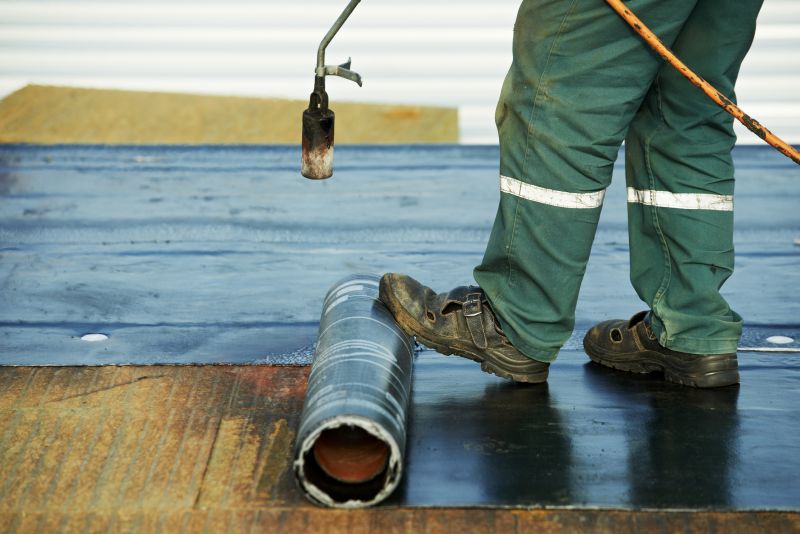
High temperatures aid in the quick curing of waterproofing membranes.
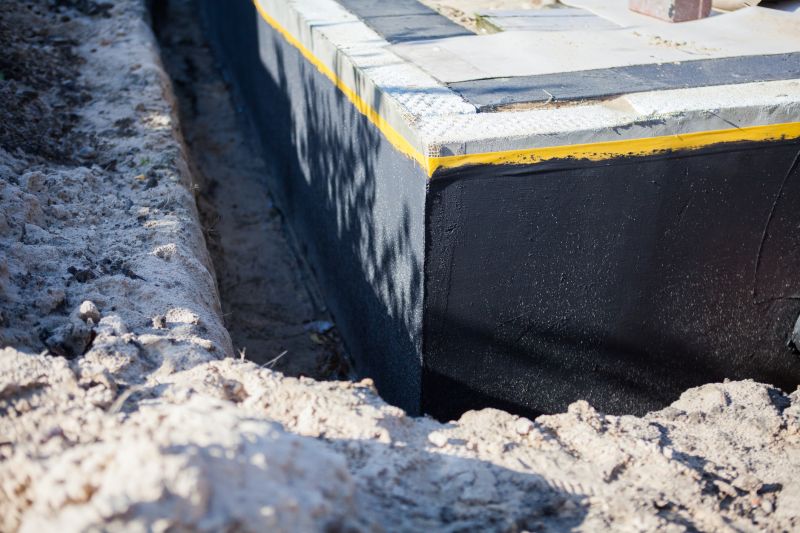
Applying waterproofing in fall helps protect structures before winter weather sets in.
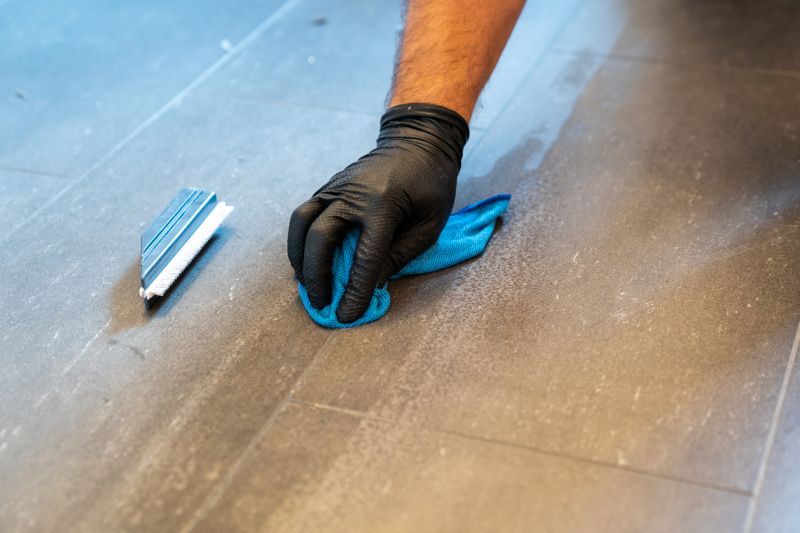
Ways to make Waterproofings work in tight or awkward layouts.

Popular materials for Waterproofings and why they hold up over time.

Simple add-ons that improve Waterproofings without blowing the budget.
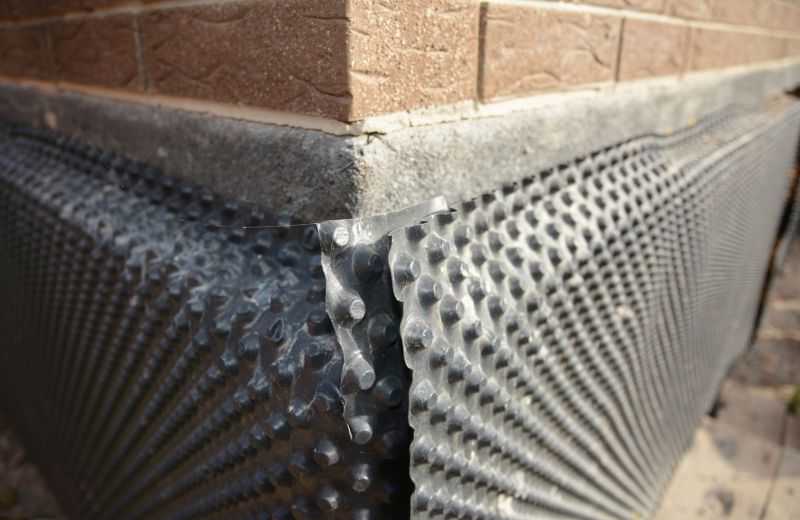
High-end options that actually feel worth it for Waterproofings.
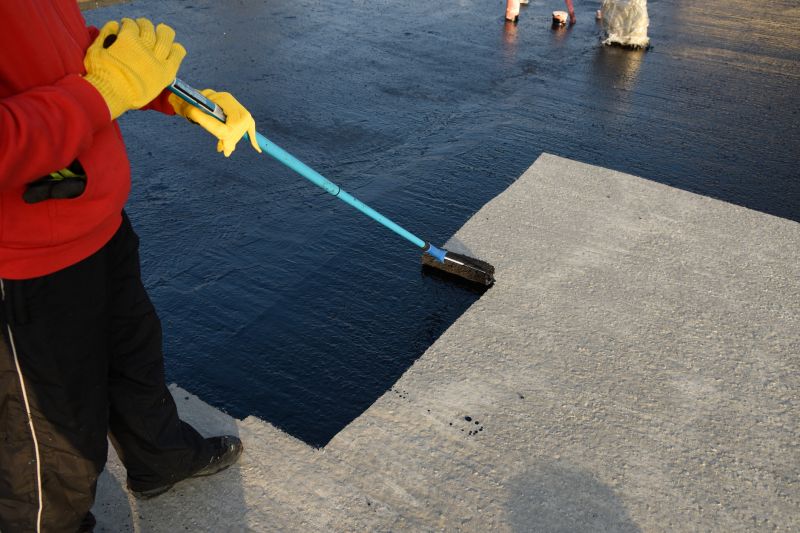
Finishes and colors that play nicely with Waterproofings.
| Season | Ideal Conditions |
|---|---|
| Spring | Moderate temperatures, increasing humidity |
| Summer | Warm, dry weather, long daylight hours |
| Fall | Cooler temperatures, dry conditions |
| Winter | Low temperatures, freezing risk |
Waterproofings are vital for safeguarding foundations, roofs, basements, and other structural elements from water penetration. Different materials and methods are used depending on the application and weather conditions. Properly timed waterproofing can prevent costly repairs and structural issues caused by water damage. According to industry statistics, waterproofing can extend the lifespan of a building by up to 50% when applied correctly and maintained regularly.
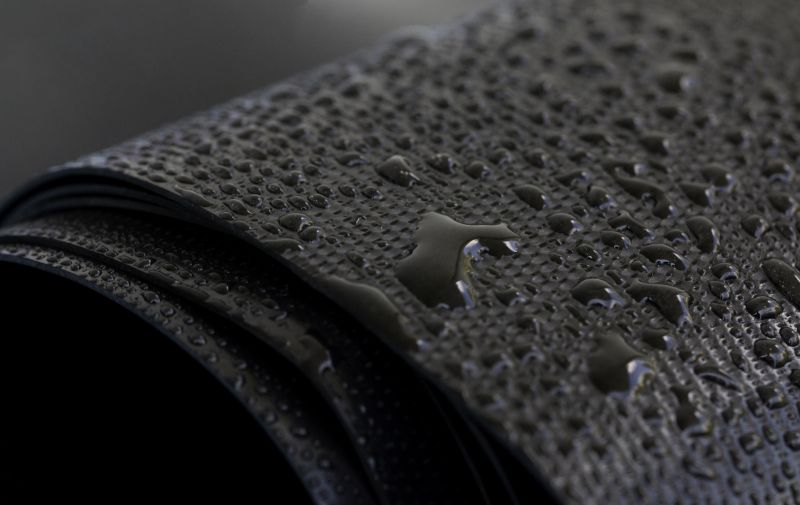
Durable membranes provide effective water barriers for various surfaces.
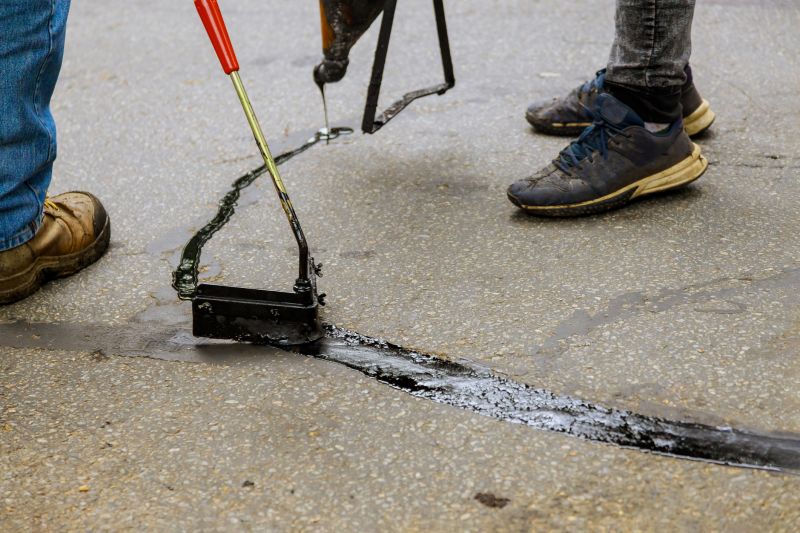
Sealants are used to fill gaps and joints to prevent water ingress.

Specialized techniques protect basements from water seepage.
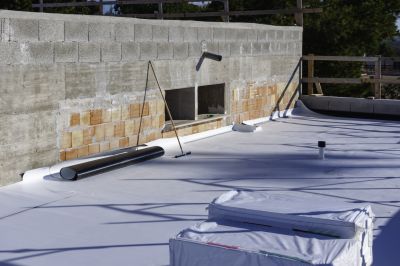
Roof coatings and membranes prevent leaks and water damage.

Little measurements that prevent headaches on Waterproofings day.
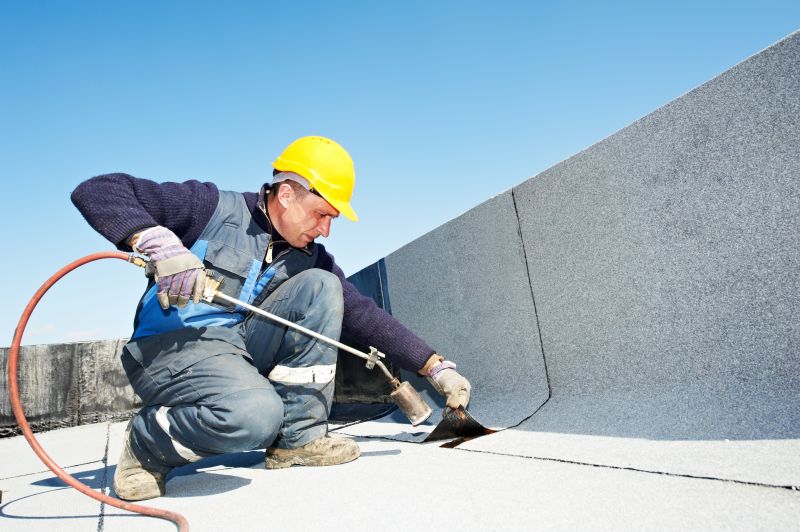
A 60-second routine that keeps Waterproofings looking new.
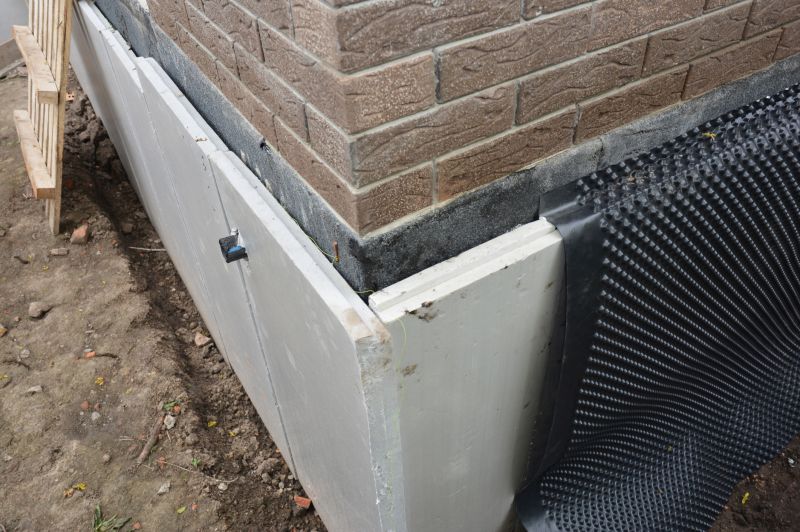
A frequent mistake in Waterproofings and how to dodge it.
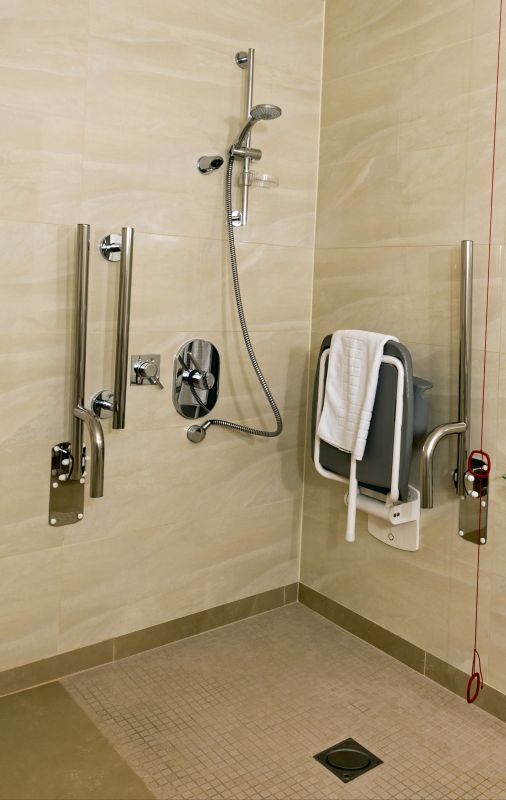
Small tweaks to make Waterproofings safer and easier to use.
For optimal results, waterproofing should be scheduled during periods of stable weather with minimal rainfall and moderate temperatures. This ensures proper curing and adhesion of materials, leading to long-lasting protection. Regular inspections and maintenance are recommended to sustain waterproofing effectiveness over time.
Interested in waterproofing solutions? Fill out the contact form to discuss options and scheduling.

